Snake plants are great picks for indoor gardening due to its aesthetic values and its health benefits. On top of that they are easy to care for and only want minimal care. So in this article we are going to discuss a few indoor succulent plants and how to take care of them.
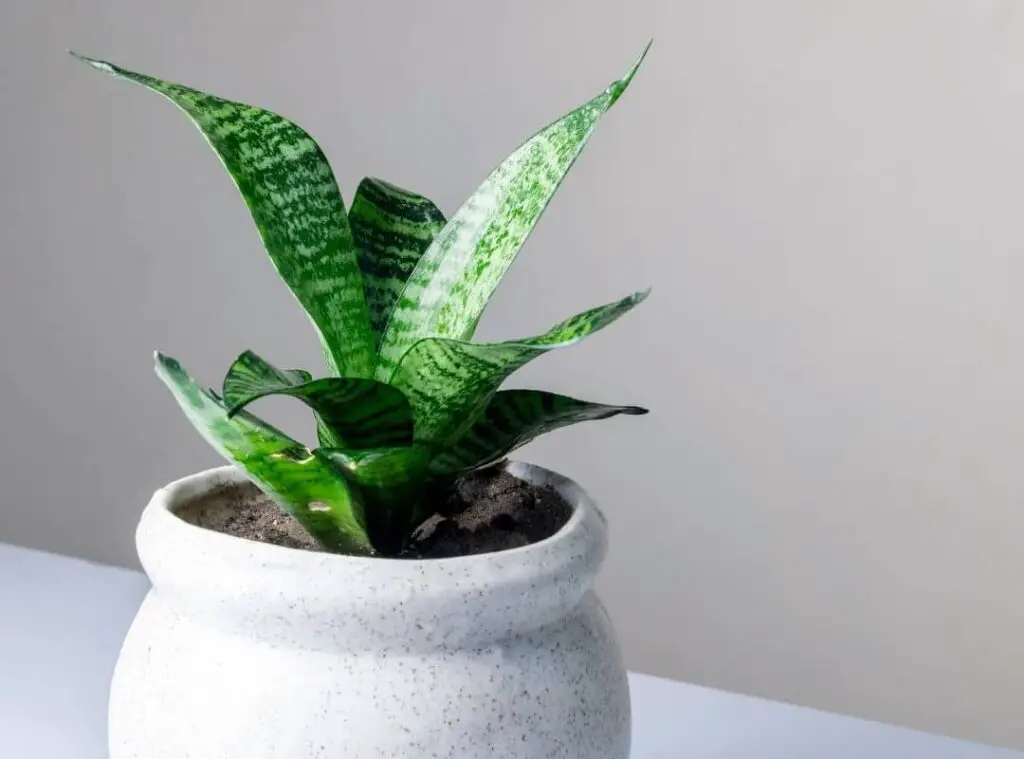
Best indoor snake plants
- Sansevieria trifasciata – This is one of the most popular types of snake plants. It usually comprises tall, dark green colored leaves. Moreover, they would carry gray-green stripes which form in a horizontal manner.
- Bentel’s sensation – They would rise to about 3 feet in height, and it could comprise narrow leaves which you could spot with vertical stripes in white. This is an uncommon type to find.
- Sansevieria hahnii types (Bird’s nest) have short and widespread leaves in light green color and tend to grow in a nest shape. Their leaves would be about 8 inches in length.
- Golden Hahnii – their leaves would have yellow tips.
- Sansevieria cylindrica (cylindrical snake plant) – it has leaves formed in a cylindrical manner.
- Starfish snake plant – this type also comprises cylindrical shape which grows from its base which resembles starfish.
- Sansevieria masonianana – they have large widespread leaves which look like a whale fin.
Indoor Snake plants maintenance
Provide enough Water for indoor snake plants
You need to be vigilant in terms of watering these plants. If you realize the soil is dry around the plant, it means it is time for you to water the plant.
ideally when you touch it you need to feel the first inch of the soil is dry and only then you could proceed with watering.
In addition to that, if you spot your snake plant’s leaves at the bottom have wrinkled and wilted and if they are dry to the touch, you need to start watering them immediately.
You need to keep in mind to not over water them, unless it will start rotting. Further you need to always observe whether the soil is dry enough prior to watering them thoroughly.
Ideally, you should water your snake plants once every two weeks.
Furthermore, the watering schedule could be different based on the home environment, soil type and even on the pot size.
When it comes to the winter season, you should cut down on watering them. It could be approximately once every 8 weeks’ time for the plants which are in larger pots.
During winter, temperature will be cooler, and the sunlight would also not be that intensive. As such you should avoid watering this since this period is their resting period.
The main principle in terms of watering the indoor snake plants is that you need to ensure that the soil is dry enough before you water them.
Snake plants can generally thrive well without water for about 6 weeks. If your snake plant is in shade and when there is a low level of temperature available, you need to water them less often.
Best practice is to water the snake plants from the bottom of the pot. When you water them that way, it stimulates the roots to grow downward and deeper.
Consequently, it will help to establish the fleshy and tall leaves.
Light requirement for indoor snake plants
Snake plants could thrive well in indirect sunlight. They are versatile plants as they could thrive in both low light levels and in high levels of light.
Keep in mind not to expose them under scorching sun for too long unless the plant will burn. Therefore keeping this plant indoor is a wise choice.
If you think of where to place your beautiful snake plants, it could be either on a windowsill or even on the ground.
However, if you place the plants in such places, you need to water them regularly more than you do for a plant which you have kept in a low level light location.
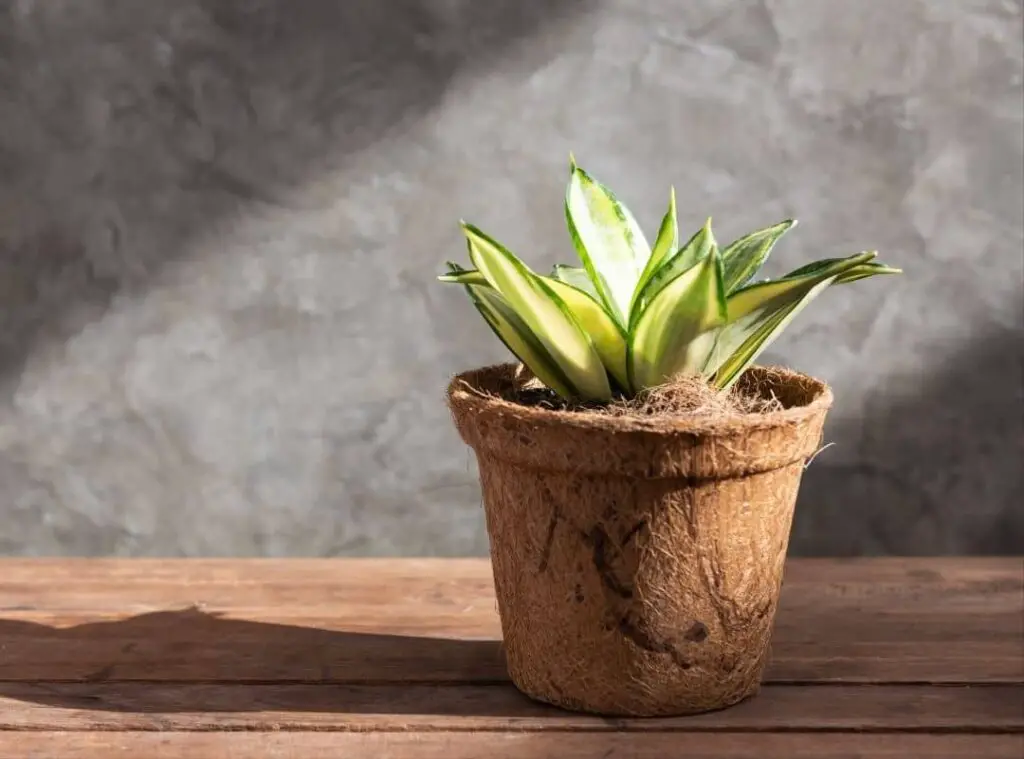
Correct Pot for indoor snake plants
The best type of pot to grow snake plants would be terracotta pots.
Once you grow snake plants in terracotta pots, it will make the soil wither rapidly than when you grow them in plastic pots.
Furthermore, ensure that the pot contains enough draining holes as well. Only then, it could move through the water faster.
Soil quality for indoor snake plants
It is crucial that you provide a soil medium which is fast draining unless it could cause the plant for root rot.
Ideally you could use succulent pot mix, or a cactus mix which is specially designed for succulents.
Moreover, you may add some pumice or even perlite to better the aeration of the soil type and to fasten the drainage of the soil type.
Alternatively, you could make a soil mix on your own by adding one part of garden soil and peat along with two parts of sand and grow the plants in that mix.
Sufficient Fertilizer
It is essential to fertilize snake plants if you wish to maintain them in the best shape. When you fertilize them, you could provide the necessary nutrients for them.
Usually, indoor snake plants do not depend on a lot of feeding. However, it would be necessary to feed them appropriately so that you could provide the necessary nutrients for them.
There are two types of fertilizers such as chemical fertilizers and organic fertilizers.
Usually, the three main nutrients a fertilizer should contain are nitrogen, phosphorus, and potassium.
You could use a balanced houseplant fertilizer for them and that means there will be the same amounts of these three macronutrients included in the fertilizer.
In terms of fertilizing indoor snake plants, you could also use a fertilizer which is designed for succulents and for cactus.
If you wish to go for a fertilizer which is designed specifically for snake plants, you should go for a 10-10-10 or 20-20-20 strength fertilizer.
During spring you could feed them once and feed them once again in summer. If your plant is in healthy condition, feeding them once a year would be sufficient.
If it is essential, you could feed them once a month in both spring and in summer. Avoid fertilizing the indoor snake plants in winter.
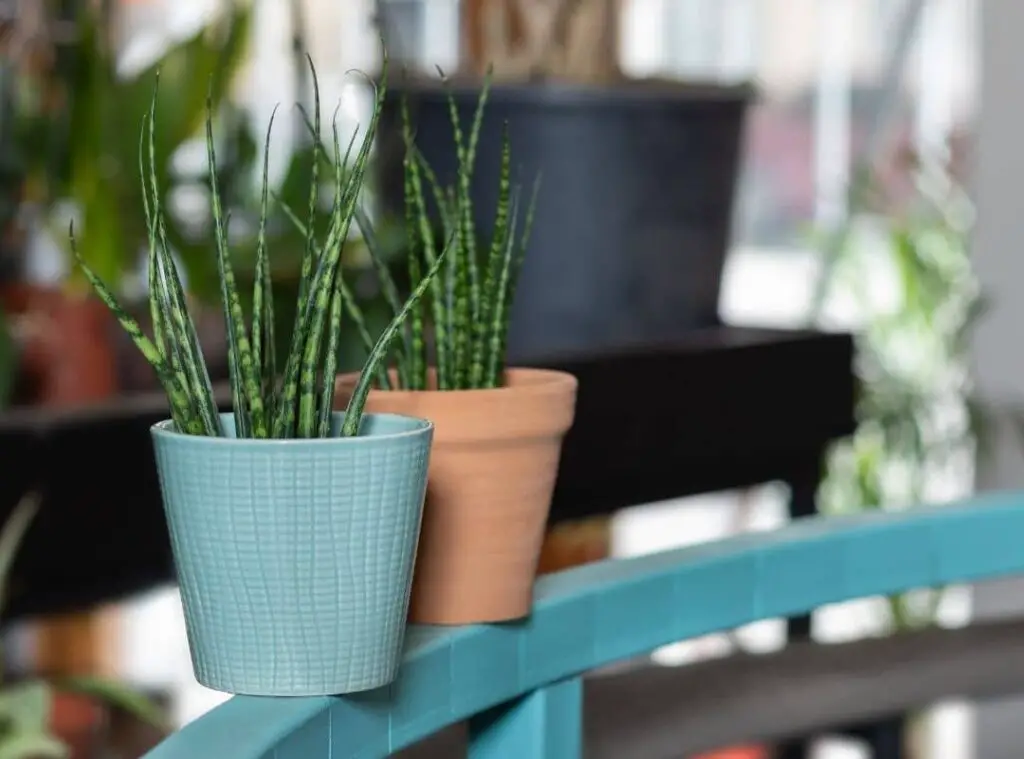
Best Place to keep your indoor snake plants
Living room
You could grow snake plants both indoors and outdoors with a minor maintenance.
It could help to purify the air and simultaneously it would help to keep you safe and healthy too.
They will add more beauty and calmness to the whole living room. However, it would be somewhat messy when you have to water them though.
Moreover, you will have to keep an eye on the pets in case they get involved with these plants and make a mess.
Bedroom
Indoor snake plants could assist in filtering indoor air. What is exceptional about this plant is that it can transform carbon dioxide into oxygen during night.
As such, it makes them an extraordinary plant to grow in bedrooms as it could contribute to proper air circulation.
They would help you to sleep well and better. It could be somewhat messy when you have to water them occasionally though.
But if you have cats or dogs as pets make necessary arrangements to avoid them eating snake plants. Because this plant contains some chemicals in their sap, which could be harmful for pets.
Study room
We could use it as a great plant in the study room.
Snake plant is popular in this aspect also. They could remove carbon dioxide and release the oxygen right throughout the day.
This is what we could use as a great study room plant.
Bathroom
Indoor snake plants would be ideal for filtering out pollutants called formaldehyde, which is included in cleaning products, toilet papers etc.
These plants could survive in shade, sunlight and even in humid conditions as well. It could help to filter out toxins in the air in the bathroom as well.
Although the plant is placed in the bathroom, Avoid over watering them.
Their easy maintenance and their attractive looks also make them perfect bathroom plants.
It will grace the entire bathroom once you place a snake plant in a bathroom.
Kitchen
Snake plants could be very handy in using for kitchens as well.
We could use indoor snake plants as a decorative plant in the kitchen. You could grow this plant no matter what kind of a space in the kitchen you have allocated.
it could be either counter space or even on the floor. That will give a refreshing vibe to the whole atmosphere.
They could thrive in low level of light and with minimum level of watering too. As such it will not make any mess in the kitchen. It will add an attractive vibe in the kitchen when you grow them there.
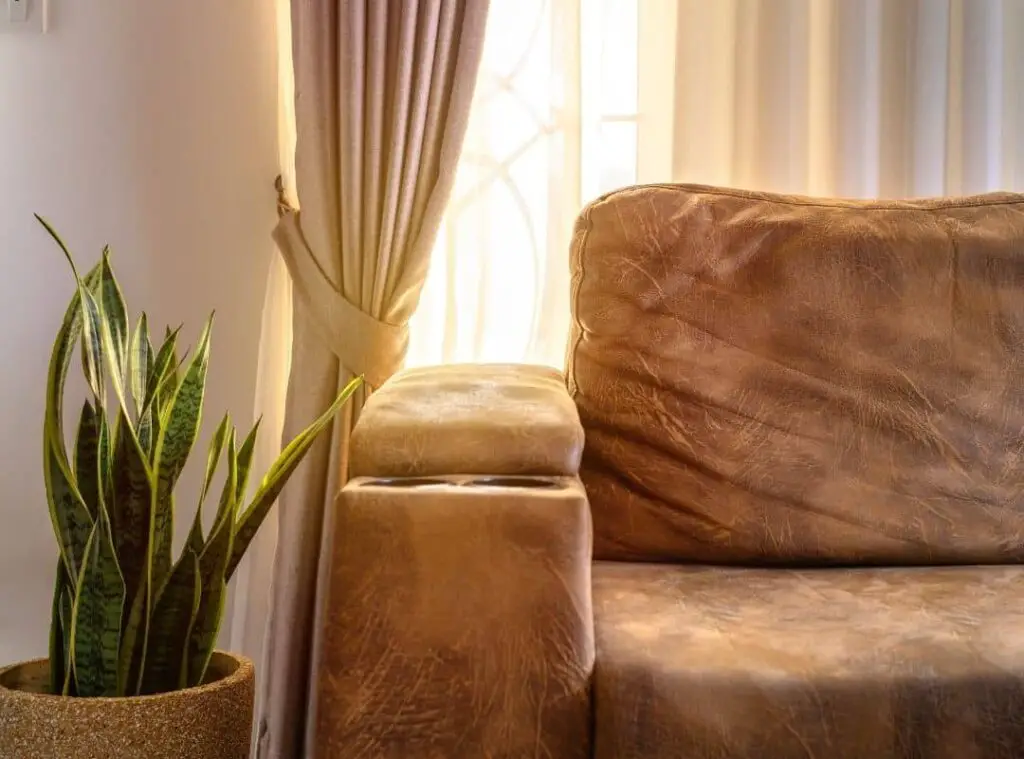
How to repot indoor snake plants
Indoor snake plants do not require repotting frequently. However, you could consider repotting them once every two years.
Moreover, if you spot your plant has become root bound, you need to repot them.
You simply have to remove the plant from the pot without damaging it and clear the old soil around the plant.
After that, transplant them in a new slightly bigger pot which has enough drainage. You could ideally use a new succulent mix, or a cactus mix to grow them.
When you replant them ensure that it is the same depth in soil like it was grown before in the old pot. You could water them once their soil dries and continue with the regular caring steps.
Is snake plant toxic to babies and pet
Snake plants are comparatively safe. However, they could be poisonous if domestic pets such as cats and dogs ingest them.
They would show gastrointestinal issues such as nausea and diarrhea vomiting once they ingest them.
If they consume them in big quantities, it could be even lethal for them too. It could be mildly toxic for humans and could not be toxic at all for humans.
Having said that, it is always better to keep them away, especially from the kids.
Furthermore, if by chance both humans and your pets chew and ingest the snake plants, chances are that there could be severe allergic reactions.
Consequently, there would be swelling of oral cavity tissues and esophagus. Moreover, there could be severe repercussions such as dermatitis also which is kind of an irritation in the skin.
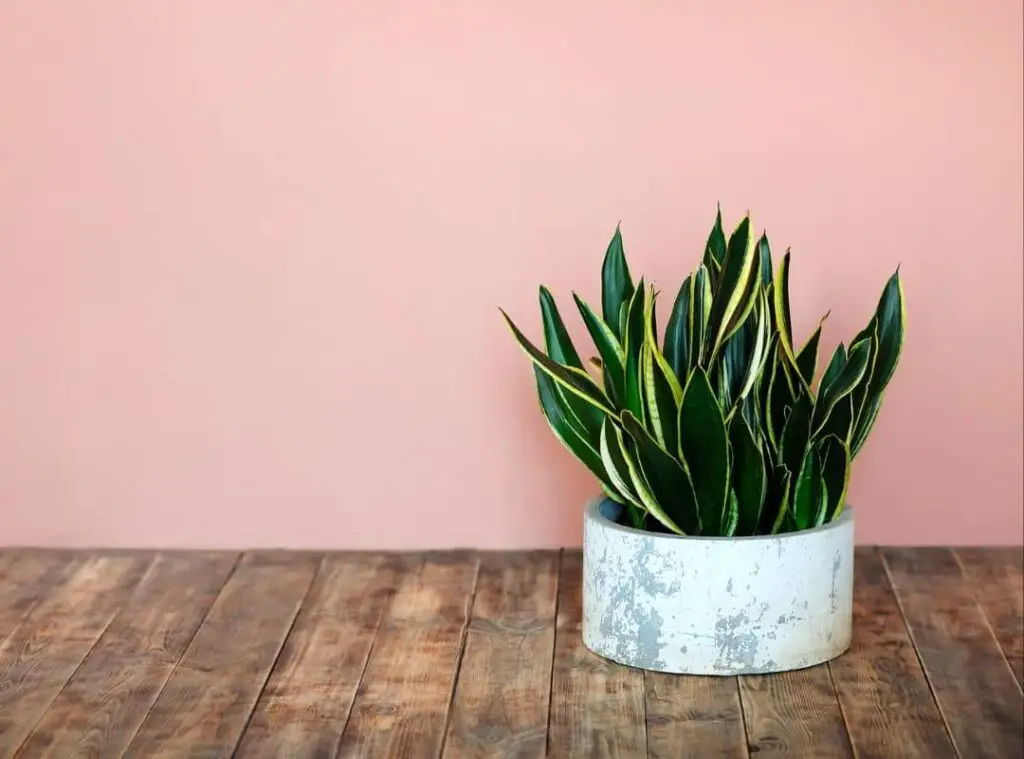
Related questions
Do snake plants need direct sunlight?
It is not necessary to provide them direct sunlight. It has to be ideally bright and indirect sunlight. They could thrive in direct sunlight also but for some time only.
On the other hand, they could thrive in low light areas with shade for some time too.
Do snake plants help you sleep?
Snake plants are special as they could purify the air. They are renowned as a set of plants which could remove harmful air pollutants.
Moreover, it could absorb the cancer-causing pollutants such as CO2, Benzene, formaldehyde, xylene, and toluene to a small extent as well.
Not only those, but also it could work as a productive defense against the airborne allergies too.
Snake plants could assist in filtering indoor air. What is exceptional about this plant is that it could transform carbon dioxide into oxygen during night.
As such, it makes them an extraordinary plant to grow in bedrooms as it could contribute to proper air circulation.
They would help you to sleep well and better. It could be somewhat messy when you have to water them occasionally though.
Do snake plants attract bugs?
Snake plants attract bugs such as Scales, gnats, spider mites, and aphids.
The main factors which affect a snake plant to attract bugs are issues related to watering, high levels of humidity, bad air aeration.
As such it is vital that you do regular check ups on the plant and use appropriate pest repellents to avoid these conditions.
Finally, make sure that you do not over water them which will make conditions more attractive towards the pests.
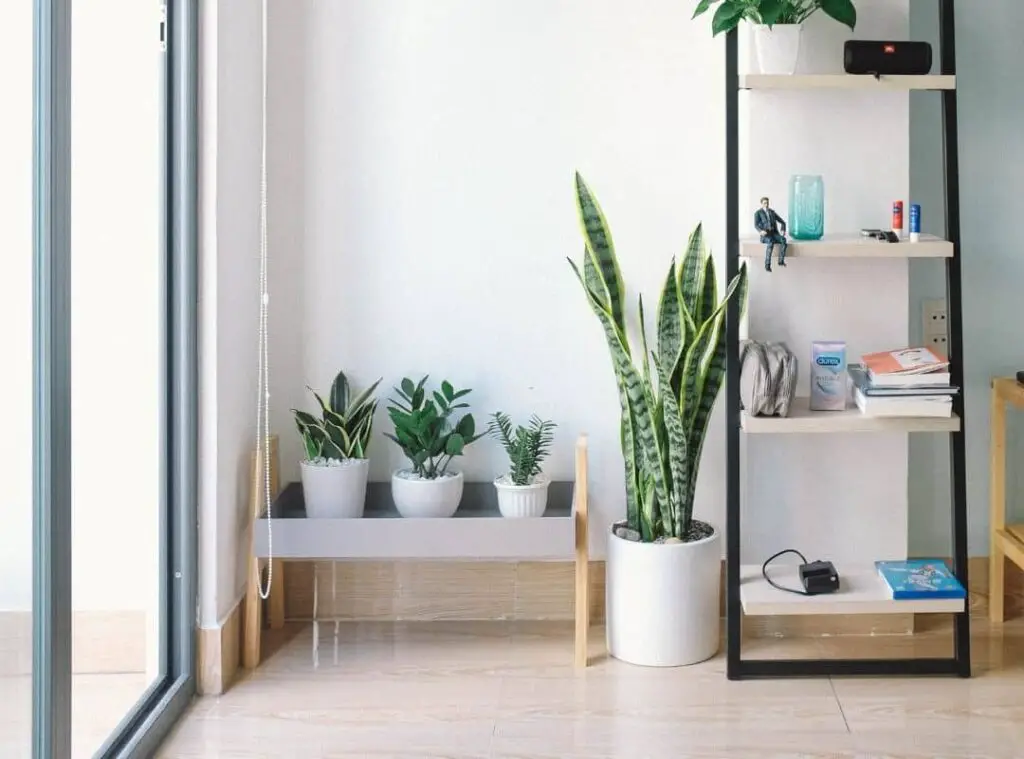
Conclusion
Snake plant is an excellent indoor plant. You can easily place it in any room you want, even in the bathroom.
Apart from its beauty, the snake plant provides special service as an air purifier. Unlike most of the plants, snake plants produce oxygen both in day and night.
Also this plant has special ability to filter out pollutants called formaldehyde.
But you have to be careful about your pets (cats and dogs) around the snake plant. The sap of snake plants contain chemicals which are not healthy for those pets.
Other Than that snake plant has all the qualities to become successful indoor succulent.
Read next: 25 Snake Plant Varieties For Your Amazing Garden
